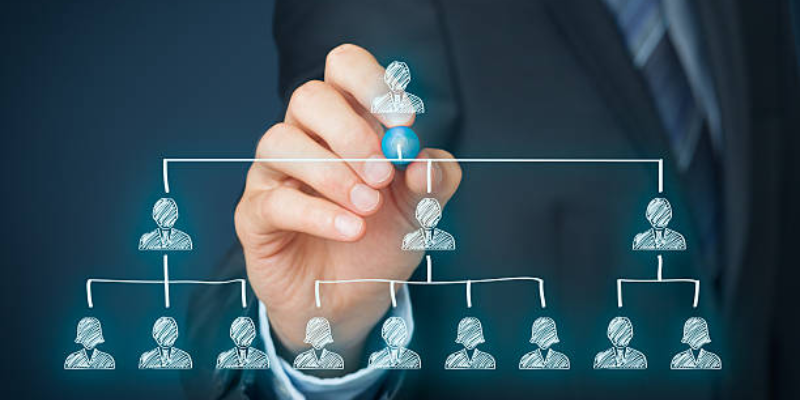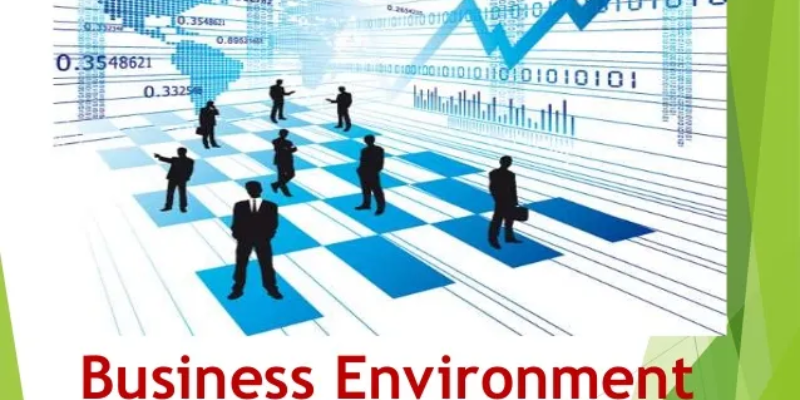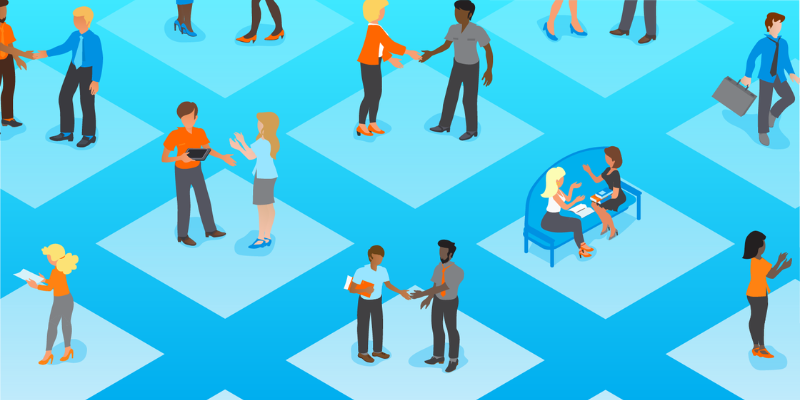Direct Marketing: A Comprehensive Approach to Reaching Customers
Direct marketing is a strategy designed to connect with potential customers without relying on intermediaries such as retailers or mass media. Instead, businesses reach their audience directly through personalised communication channels. The value of direct marketing lies in its ability to customise messages, measure outcomes precisely, and foster stronger customer relationships. It remains a core component of both traditional and digital marketing strategies, enabling companies to target specific consumer segments with precision. This article explores the various direct marketing techniques, their applications, challenges, and the benefits they bring to businesses. Email Marketing Email marketing is among the most popular forms of direct marketing. It involves sending targeted emails such as promotional offers, newsletters, and product updates to specific lists of customers. Its effectiveness lies in its personalisation. Businesses can segment their customer database by factors such as purchase history, demographics, or preferences, ensuring that each recipient receives relevant content. For example, an e-commerce retailer can recommend products based on previous purchases. Kotler and Armstrong (2018) emphasise that email marketing helps maintain regular communication, providing opportunities to inform customers about promotions, loyalty rewards, and new product launches. Furthermore, the medium is cost-effective, scalable, and measurable. Marketers can track open rates, click-through rates, and conversion rates, allowing for continuous campaign optimisation (Chaffey, 2015). Direct Mail Direct mail remains a potent tool despite the growth of digital platforms. This technique involves sending physical promotional materials, such as catalogues, brochures, flyers, or postcards, to customers’ addresses. Its strength lies in tangibility. Physical mail creates a multi-sensory experience, which can enhance recall and engagement. Stone and Jacobs (2008) argue that the tactile nature of direct mail makes it memorable and impactful, especially when well-designed. Direct mail is particularly effective for older demographics or regions with limited internet access. Moreover, it integrates well with digital campaigns; for example, QR codes or personalised URLs on printed materials encourage recipients to continue their journey online. Telemarketing Telemarketing involves making outbound calls to engage potential customers, often to promote products, gather information, or conduct surveys. Unlike email or direct mail, telemarketing allows for real-time two-way communication, enabling businesses to address objections or questions immediately. Blythe (2013) notes that telemarketing is highly effective in business-to-business (B2B) contexts, where decision-making often requires personalised interaction. However, due to concerns about intrusiveness and privacy regulations (e.g., GDPR in Europe and Do Not Call lists in the US and UK), organisations must use this method carefully. Sensitivity and permission-based approaches are essential to maintain trust and compliance. SMS Marketing SMS marketing leverages text messaging to send promotional content, reminders, or alerts directly to customers’ mobile devices. Given that text messages typically have open rates exceeding 90%, this technique offers unmatched immediacy (Chaffey & Ellis-Chadwick, 2016). It is particularly effective for time-sensitive promotions such as flash sales, delivery notifications, or event reminders. For example, a restaurant may use SMS to inform customers of same-day discounts. However, consent is crucial—unsolicited messages can result in customer dissatisfaction and legal penalties. Social Media Direct Messaging The rise of social media platforms has introduced new opportunities for direct marketing through direct messaging (DMs). Businesses now use platforms such as Facebook Messenger, Instagram, WhatsApp, and LinkedIn to communicate one-on-one with consumers. Tuten and Solomon (2017) highlight the benefits of social media direct messaging for providing personalised customer service, resolving complaints, and delivering targeted promotions. The informal and conversational tone of messaging creates a sense of accessibility and authenticity, making brands appear more approachable. For instance, beauty brands frequently use Instagram DMs to send discount codes or exclusive product previews to loyal followers. This strategy fosters community engagement and loyalty. Personal Selling and Door-to-Door Sales Personal selling and door-to-door sales are among the oldest direct marketing techniques. They rely on face-to-face interactions, allowing salespeople to build trust, address objections, and tailor their sales pitch to individual customers. Jobber and Ellis-Chadwick (2016) argue that personal selling is particularly effective for complex or high-value products, such as financial services, real estate, or industrial equipment. The method provides opportunities for relationship-building, which can lead to long-term loyalty. Although door-to-door sales have declined in popularity due to changing lifestyles and consumer scepticism, they remain relevant in industries such as home improvement, renewable energy, and security systems, where personalised consultation is valued. Point-of-Sale Marketing and Coupon Distribution Point-of-sale (POS) marketing occurs at the moment of purchase. This may involve offering upgrades, complementary products, or impulse-buy promotions while the customer is in-store or on an e-commerce checkout page. Coupon distribution—whether physical or digital—encourages repeat purchases by offering discounts, loyalty rewards, or free trials. Baines and Fill (2014) stress that POS promotions and coupons drive both immediate sales and long-term loyalty. For instance, supermarket chains frequently use coupons to promote new product launches, while online platforms distribute digital vouchers to incentivise first-time purchases. Event Marketing Event marketing creates opportunities for face-to-face engagement with target customers through sponsored or hosted events, including trade shows, community initiatives, or experiential marketing campaigns. Kotler and Keller (2016) highlight that event marketing builds emotional connections and provides memorable experiences that foster brand loyalty. For example, technology companies like Apple use product launch events not only to showcase new products but also to generate media coverage and consumer excitement. Events also allow brands to collect valuable consumer insights, strengthen networks, and engage in live demonstrations, which can significantly influence purchase decisions. Benefits and Challenges of Direct Marketing The key advantages of direct marketing include: Personalisation – Messages are tailored to individual needs and preferences. Measurability – Campaigns provide clear data, allowing for performance analysis. Cost-efficiency – Particularly in email and SMS, costs per contact are low. Relationship-building – Direct contact fosters trust and loyalty. However, challenges include privacy concerns, regulatory compliance, message fatigue, and the perception of intrusiveness (Baines & Fill, 2014). Therefore, organisations must strike a balance between persistence and respect for consumer boundaries. Direct marketing remains a vital tool in modern marketing strategies, enabling firms to communicate directly, personally, and measurably with their audiences. Techniques range from traditional approaches like direct … Read more










